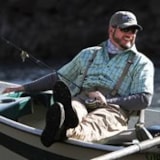What Happens When Wandering and Stargazing Leads To a Life-Long Journey
National Parks Service Superintendent Kate Cannon patrolled and managed the country’s wilderness for more than 40 years, finding a special connection with the unique Utah terrain along the way.
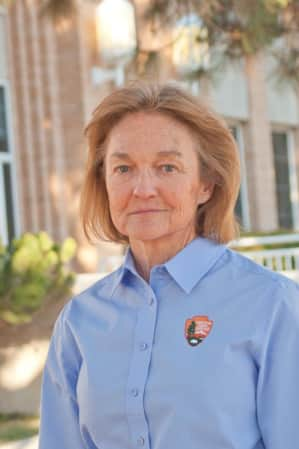
Kate Cannon started wandering the outdoor landscapes around her Nebraska home at the ripe age of seven years old. She has never stopped wandering.
“Sometimes I start with a goal, but if I see something that looks interesting I like to make the time and effort to go see it,” said Cannon, who recently retired from more than 40 years of employment as a federal public lands employee. “We lived in Omaha on the bluffs above the Missouri River and I got really interested in birds. I started going out early in the morning. As one of seven kids I wasn’t missed much, and would spend most of the day in the woods.”
Somebody did notice her wanderings, and Cannon’s father eventually handed her a pair of binoculars.
Those childhood days exploring the Missouri River bluffs set a tone for Cannon’s life. They led to a grand adventure working at national parks, monuments and national recreation areas across the country, ranging from an island on Lake Superior to a cave in South Dakota and glaciers in Alaska.
Her journey featured several stops in Utah, and it was in the Beehive State where her professional career as a wanderer ended. Cannon retired from the National Park Service in January 2020, after working as the superintendent of the Southeast Utah Group over Arches and Canyonlands national parks and Hovenweep and Natural Bridges national monuments.
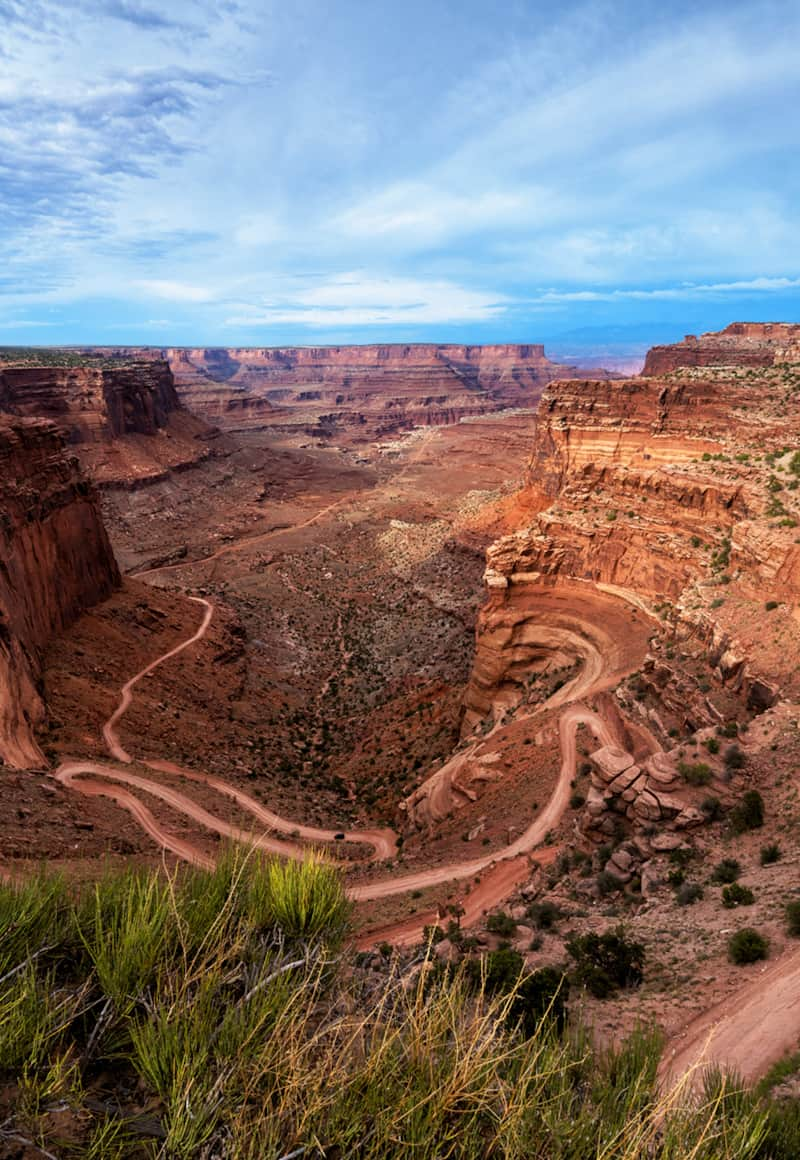
Canyonlands National Park
"It was hard to stay on the road. I kept gawking. The red rock, blue sky and white mountains were showstoppers."
She took that position in 2006, but it wasn’t her first career stop in Utah. Back in 1982, Cannon landed a job as a backcountry ranger in The Needles district of Canyonlands National Park.
While driving south from I-70 on State Route 128 along the Colorado River, Cannon got a taste of how the landscape for her new job might look.
“It was hard to stay on the road. I kept gawking. The red rock, blue sky and white mountains were showstoppers,” Cannon wrote in a March 10, 1982, journal entry. “There were a few times I laughed out loud I was so tickled by the whole prospect.”
The laughter, however, turned into concern just four days into her backcountry duties in The Needles. Cannon laughed while reading another journal excerpt, which stated, “Reality had set in,” describing her fears about living in this “harsh and dry and unforgiving” environment.
But like all her other stops in her national parks career, Cannon settled in. She learned to love the secrets of the desert during her wanderings in some of the most remote landscapes in the country.
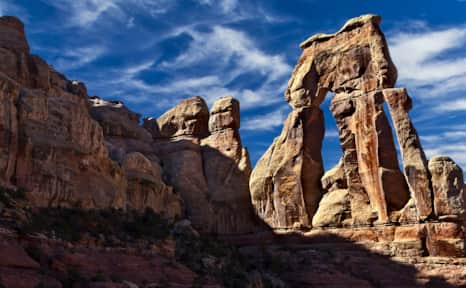
Druid Arch in The Needles district of Canyonlands National Park
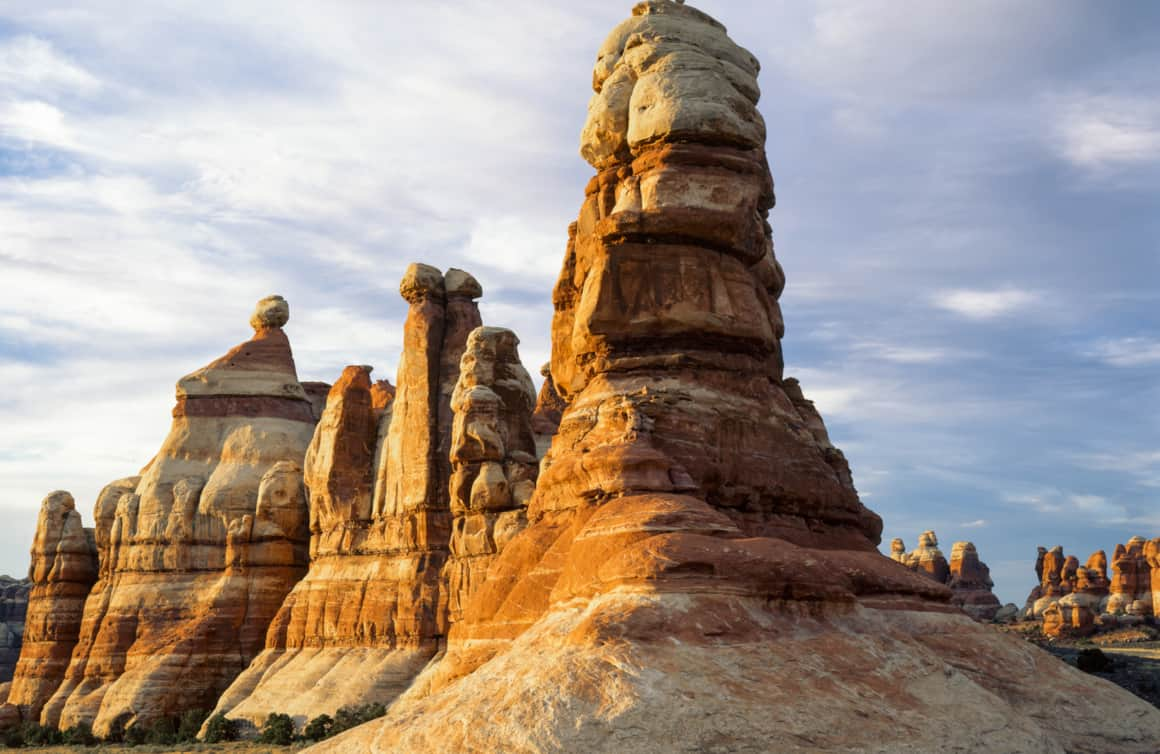
The Needles district of Canyonlands National Park
A chance to head to Alaska took her away from Utah for several years. By 1985, Cannon found herself back in Utah working at Glen Canyon National Recreation Area. There, she joined the man who had become her husband; he had landed a job as a district ranger at the national recreation area based around Lake Powell.
Cannon wasn’t sure what to expect from her time at Glen Canyon, but she found plenty of space to stretch her legs and sate her curiosity.
“We found some of the coolest places,” Cannon said of the six years the couple spent at Glen Canyon. “There are so many side canyons at Lake Powell and they all offer something different. Not many people go there to hike. It is more of a water-based recreation place. I just loved to go off and wander. I honestly thought I would hate it, but I didn’t.” (Read: “Blazing Sandals in North Lake Powell.”)
The next stop was South Dakota, and her first superintendent position at Jewel Cave National Monument.
Again, her meandering career path brought Cannon back to Utah. This time it was a position with the Bureau of Land Management serving as the assistant Moab manager of Grand Staircase National Monument. She was initially based out of Cedar City during the planning phase and then Kanab. She later became manager of Grand Staircase National Monument.
From there, she worked several years as the deputy superintendent of Grand Canyon National Park before she was assigned to Denver’s National Park Service Rocky Mountain Regional office.
And then, in 2006 she accepted the job that brought her back to Moab, where her career with the park service would come to an end some 14 years later.
While her superintendent duties were for Arches, Canyonlands, Natural Bridges and Hovenweep, an old friend kept drawing her attention — those white mountains she noticed on that first drive along the Colorado River in 1982.
"There is just something about the La Sals that captures my attention every time. The draw is particularly strong when the La Sals still have snow on them and you are standing in red rock country. "
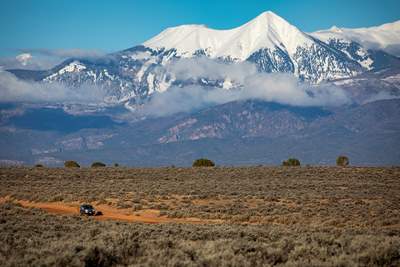
“There is just something about the La Sals that captures my attention every time,” Cannon said. “The draw is particularly strong when the La Sals still have snow on them and you are standing in red rock country. The whole view is so gorgeous and so unusual. The arches get all the credit, but it is the entire landscape experience that makes it so extraordinary.”
In addition to appreciating the opportunity to wander as part of her work, Cannon enjoyed helping people discover the beauty of the places where she was assigned.
She recalls once when a young man from an inner city-group came to Arches, and what happened between them underscored that she had made the right career decision all those years ago.
She was hiking with the group and talking to the teen when it happened. “He was a very interesting and articulate guy,” she said. “We were walking along the Tapestry Arch trail and we came around a corner and full on into the view of the La Sals. He looked up at me and said, ‘I didn’t know any place like this existed.’ He had tears in his eyes and I immediately joined him.”
"He looked up at me and said, ‘I didn’t know any place like this existed.’ He had tears in his eyes and I immediately joined him."
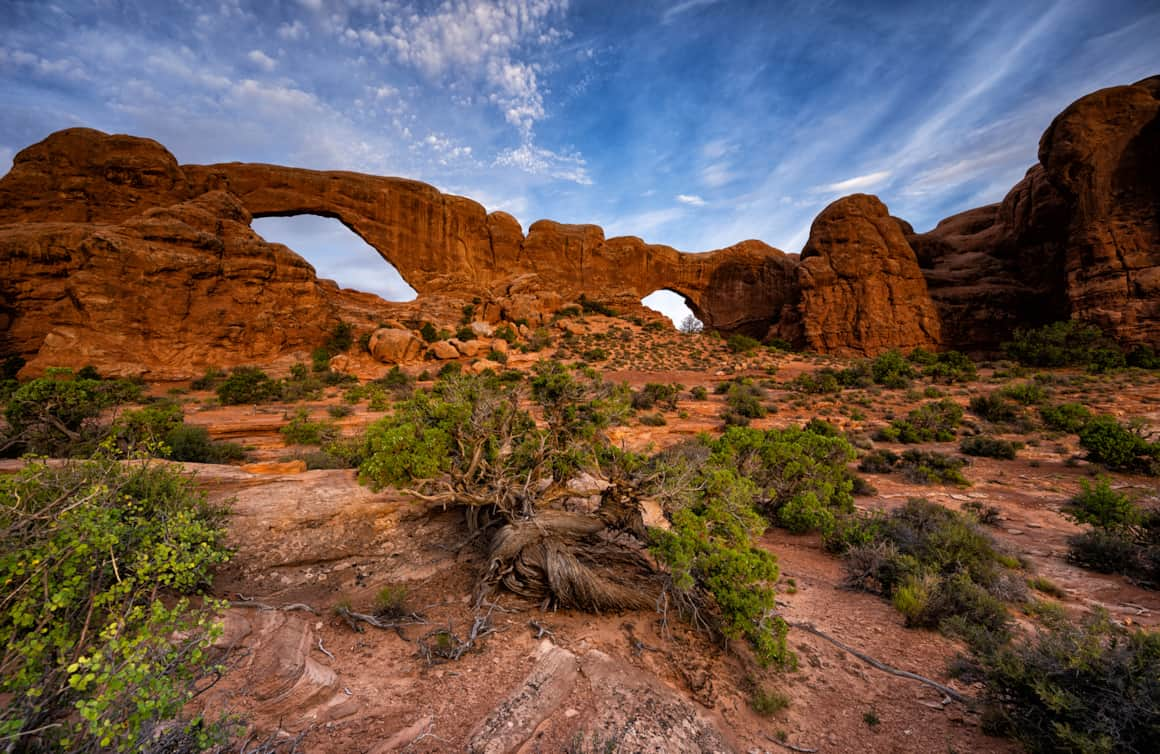
Arches National Park
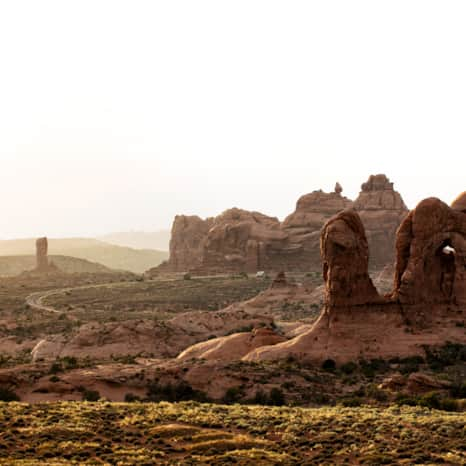

Cannon and her husband, now retired, had arrived in Moab with a family. Their two daughters shared their parents’ sense of adventure. They were game when Cannon decided she wanted to explore the La Sals, which includes Mount Peale — the second highest peak in Utah at 12,726-feet above sea level.
“We have climbed all the major peaks,” Cannon said. “Things are pretty easy in the La Sals, but we have had some wild trips. It has been wonderful to explore the places I have been admiring from afar for so long.”
Having children didn’t necessarily change how Cannon views the landscape, and it certainly didn’t lessen her wanderlust, but it did provide a familiar perspective — that of her earlier adventures.
One special memory was a journey the family took into The Needles when the girls were 7- and 8-years-old. It was surreal for Cannon to see her own children in the same landscape that had helped form her character. “They were howling like wolves and they really haven’t stopped,” she said. “I’m so lucky I get to share my sense of adventure with my family.”
Cannon’s daughters liked to invite friends along on outdoors excursions. This gave Cannon yet another chance to live vicariously through the eyes of others. It also helped her understand that people, even Utah residents, don’t get the same experiences her family enjoyed.
One night when the girls were in grade school, Cannon took them and a friend to a viewpoint in Canyonlands. “We pulled up and flopped down on the ground to look up at the stars,” she said. “There was no one else there.The girls were whispering about things they saw as if they spoke too loud it would ruin the scene. Their friend said something about wishing the cloud wasn’t in the way so she could see the stars.”
Cannon looked up to see what the girl was talking about and realized she thought the Milky Way was a cloud. (Read: “How to Stargaze in Utah")
“I guess it is a cloud, a cloud of stars,” Cannon said. “It was a lesson to me that a lot of kids, even kids growing up in rural areas, have not seen all these amazing things around them.”
Cannon isn’t done wandering, not by a long shot. Her curiosity for what the landscape has to teach will pull her into new adventures and discoveries for the rest of her life.
“I’m grateful to have worked in parks and public lands,” she said. “And to have raised our family in those wonderful lands and communities.”
"I’m grateful to have worked in parks and public lands. And to have raised our family in those wonderful lands and communities."
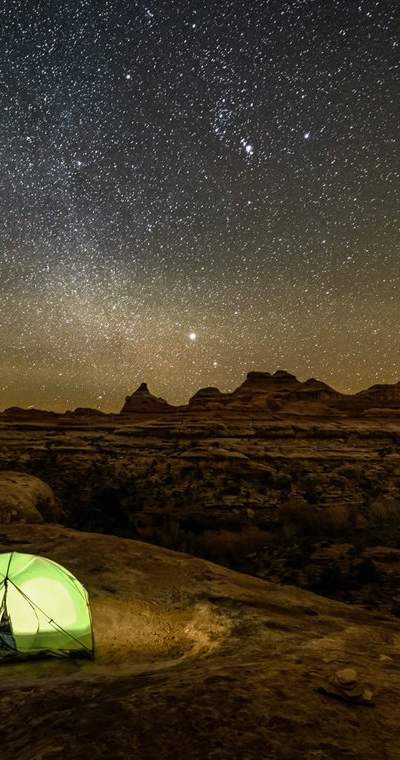

Field Guides: Voices From the Forever Mighty Landscape
Meet the people whose lives have been shaped by nature — and are helping others find their way.
What's Nearby
-
Arches National Park
Arches National Park contains more than 2,000 natural arches—the greatest concentration in the country. Find places to stay, itineraries, reservation info and weather for Arches, Moab and Canyonlands National Park.
-
Capitol Reef National Park
Even considering Utah’s many impressive national parks and monuments, it is difficult to rival Capitol Reef National Park’s sense of expansiveness, of broad, sweeping vistas, of a tortured, twisted, seemingly endless landscape, or of limitless sky and desert rock.
-
Dead Horse Point State Park
A broad peninsula of land jutting out over the spectacular White Rim of the Colorado River, Dead Horse Point State Park specializes in the type of sweeping, jaw-dropping views that make visitors run for their cameras to try and capture the area’s grandeur. In recent years, a tight network of fun singletrack trails has begun attracting mountain bikers who want epic views with moderate rides, increasing the popularity of the park.
-
Glen Canyon and Lake Powell
Glen Canyon National Recreation Area offers more than 1.2 million acres of unparalleled opportunities for land- and water-based recreation.
-
Grandstaff
A journey into this small desert canyon is not terribly difficult, and along the trail you will find a clear stream running year-round, as well as the magnificent Morning Glory Natural Bridge.
-
Greater Cedar Mesa
The Cedar Mesa area encompasses up to 1.9 million acres and is home to more than 100,000 archaeological sites. For adventurers with a love of solitude, archaeology and geographic beauty, this area has it all.
